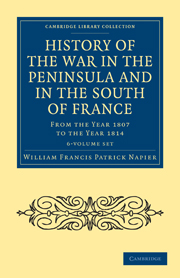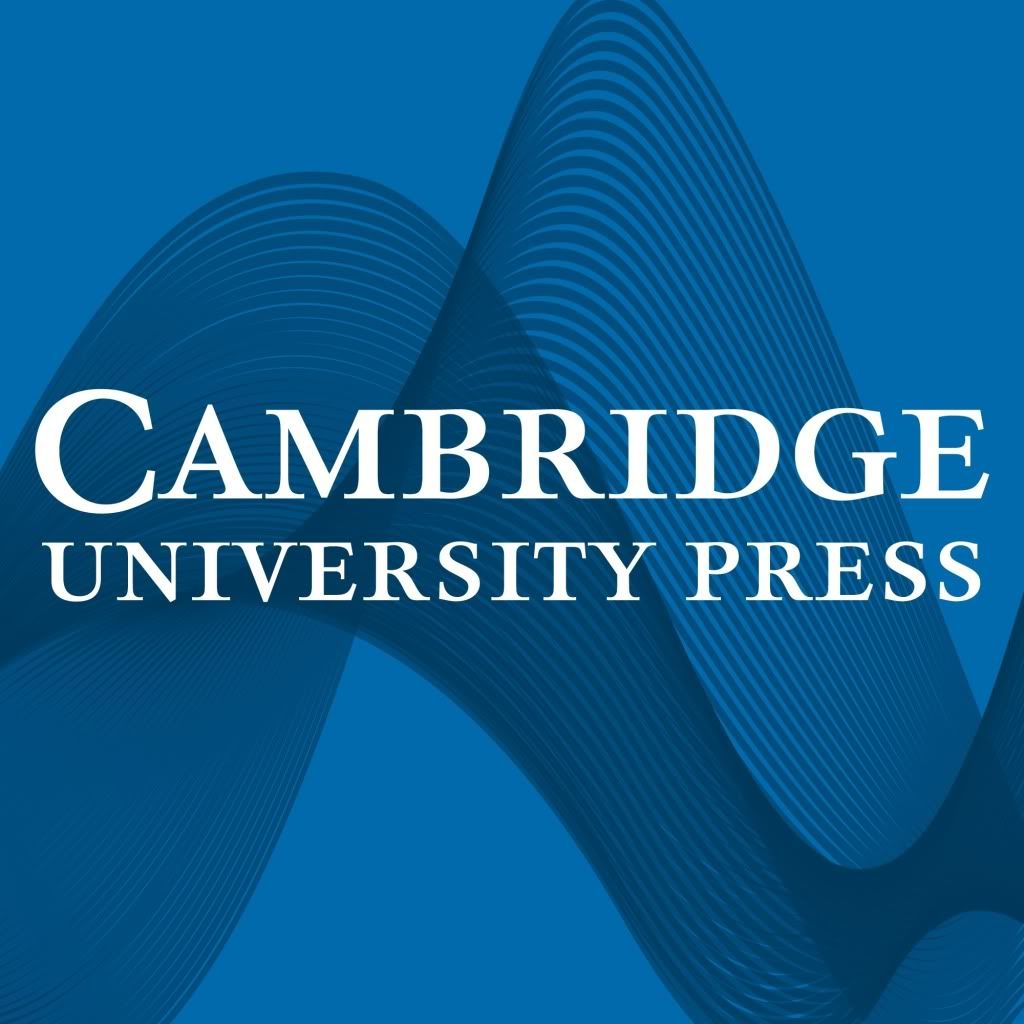 We have reissued three works by African ex-slaves who ended up living in Britain: Ignatius Sancho (c. 1729–80), Olaudah Equiano (aka Gustavus Vassa) (c. 1745–97), and Ottobah Cugoano (born c. 1757). The three men were writing in different genres and with different intentions, and it could be argued that it is wrong to consider them together, given that the only thing that unites them is that they were all of African origin and all were ex-slaves – though even their experience of slavery was very different.
We have reissued three works by African ex-slaves who ended up living in Britain: Ignatius Sancho (c. 1729–80), Olaudah Equiano (aka Gustavus Vassa) (c. 1745–97), and Ottobah Cugoano (born c. 1757). The three men were writing in different genres and with different intentions, and it could be argued that it is wrong to consider them together, given that the only thing that unites them is that they were all of African origin and all were ex-slaves – though even their experience of slavery was very different.
There is, however, another crucial common factor: each of the writers is extremely eloquent in stylish, well-turned English, and each is known to have educated himself by extensive reading, and by taking advantage of any opportunities to for study and the acquisition of knowledge.
Sancho’s letters were published in 1782 by Lady Crewe, a noted beauty who according to Fanny Burney was the only person who rivalled Elizabeth Sheridan in looks (did Burney know that Frances Crewe and R.B. Sheridan were conducting an affair at the time?). A political hostess who also raised money for charitable causes, she collected Sancho’s letters from ‘the various friends to whom they were addressed’, emphasising that he himself had not preserved any duplicates with a view to publication. ‘Her motives for laying them before the public were, the desire of shewing that an untutored African may possess abilities equal to a European; and the still superior motive, of wishing to serve his worthy family.’
A short biography of Sancho states that he was actually born on a slave ship, and that he was baptised Ignatius when the ship reached Cartagena (in present-day Colombia). His mother died soon after reaching the slave port, and his father ‘defeated the miseries of slavery by an act of suicide’. The tiny child was taken to England by his ‘master’ (no more details provided) and given to ‘three maiden sisters, resident in Greenwich’ who presumably kept him like the little page-boy who can been seen in a family picture from Belton House, attending a rather grumpy Viscountess Tyrconnell as she poses in her wheeled chair for the family portrait.
The ladies made no attempt to educate their young slave, as they believed that ignorance would promote obedience, but he was taken up by John, duke of Montagu, who met him playing on Blackheath. Charmed by the child, and impressed by his obvious intelligence, the Montagus taught him to read, and tried to persuade his owners to educate him properly.
Despite the apparent comfort of his position, in his late teens Sancho rebelled. He fled to the duchess (the duke had just died), who at first refused to help him. He contemplated suicide, but the duchess relented and took him into her household, where he held the position of butler until her death two years later, whereupon he was left an annuity. According to the biography, he then had a period of rather wild living, gambling and womanising. (He was especially devoted to the theatre, and the work of Garrick – at one point there was a possibility of his playing roles such as Othello and Aphra Behn’s Oroonoko, but a speech impediment of some sort prevented this.)
The Montagu family again came up trumps, however, and the third duke took him on as a valet, until repeated attacks of gout, together with ‘corpulence’, rendered him unfit for service, at which point he and his wife were set up in a grocer’s shop in Westminster. ‘Of a Negro, a Butler and a Grocer, there are but slender anecdotes to animate the page of the biographer’, but this preliminary sketch is given to put into context a writer ‘of rapid and just conception, of wild patriotism, and of universal philanthropy’. He became a critic of music and painting as well as of literature, though none of his other works have survived.
Sancho’s wide circle of correspondents included aristocrats, David Garrick, and Lawrence Sterne, whom he first ‘cold-called’ to ask for his support in drawing the misery of slavery to the British reading public. The only snag with reading these jolly, kindly and whimsical letters is that the names of both recipients and subjects are mostly suppressed, and there is of course no editorial glossing.
Olaudah Equiano’s book is both an extraordinary autobiography and an impassioned description of the horrors of slavery – though it is noticeable that after buying his own freedom, Equiano continued for some years to work as a sailor aboard slave-ships. He was kidnapped from his own village at the age of about thirteen, and passed from owner to owner until he reached the Guinea coast and saw the sea, his first Europeans, and the ship which was to convey him and hundreds of other slaves across the Atlantic.
His life as a slave, his eventual success in buying his own freedom, and his experiences as a sailor and trader are described in fascinating detail (he took part in Phipps’s expedition to the Arctic, for example, along with young Horatio Nelson), as are his religious struggles. He was a firm believer in the Christian God, and refers to several occasions when it seemed to him that his life was saved by a miracle, but the salvation of his soul was another matter. Confusion over doctrine was finally resolved by a personal revelation described in terms very similar to Wesley’s, and he seems to have been drawn towards Methodism for the rest of his life.
Equiano became involved in the movement to ‘repatriate’ ex-slaves (mostly families serving Loyalists during the American Revolution who had come back to Britain) to Sierra Leone. He acted as commissary for the project, but was removed from his post after political in-fighting, and so did not take part in the ultimately disastrous voyage. However, controversy surrounding the venture made him well known, and the publication of his autobiography in 1789 generated great interest, and made him money. In 1792 he married Susanna Cullen, from Soham in Cambridgeshire, and lived in the village, though also maintaining a London house. He died in 1797, a year after his wife, leaving one surviving daughter. His burial place is not known.
The least familiar of these three writers is Ottobah Cugoano. A short statement in tiny print at the start of his Thoughts and Sentiments (1787) says that he was kidnapped and carried away from Africa in 1770, at about thirteen years of age. After two years in the West Indies, he was brought by his owner to London, and underwent baptism (as George Steuart) under the (mistaken) belief that this would secure his freedom. From 1784 he was in the household of the painters Richard and Maria Cosway (he is probably the black servant in ‘Mr and Mrs Cosway’ in the Royal Collection), and there he must have come into contact with their artistic and intellectual circle. Unsurprisingly, he knew Equiano, and refers in his work to the Sierra Leone enterprise, then in progress.
The book is a vigorous polemic against the slave trade, and contains almost no personal allusions. Cugoano deliberately writes under his African name, not his baptismal one, and uses a combination of arguments from religion and logic to assert the illegality as well as the moral and ethical bankruptcy of the slavery practised in America and the West Indies. His rhetorical style is relentless (there are no chapter breaks in the 148 pages), and his examples are plucked from sources ranging from the Bible to the Spanish account of the murder of the Inca Atahualpa. The book was a success, and a shorted version was published in 1791, but after that very little is known about his activities: his date of death and place of burial have not been recorded.
A fascinating aspect of the books is their subscription lists. Among the highnesses, dukes, bishops, Smiths, Joneses, etc. who patronised Equiano can be found the Rev. Mr Thomas Clarkson, Richard Cosway, Ottobah Cugoano, Mrs Garrick, the Rev. Dr Kippis, Mrs Montagu, Miss Hannah More, William ‘the son of Ignatius Sancho’, Granville Sharp, Josiah Wedgwood, the Rev. Mr John Wesley and Thomas Young. Sancho has (among dozens of others) Mrs Delany, Charles James Fox, Edward Gibbon, the Rev. Mr Nares, and George Steevens.
These ‘slave narratives’ provide eloquent testimony to add to the occasionally over-theoretical debate about slavery in Britain, revealing not only the barbarity of the trade but also demonstrating a shared humanity, against the frequently offered pro-slavery argument, that Africans were ‘other’ and ‘subhuman’.
Caroline



Pingback: Running A Thousand Miles For Freedom | Cambridge Library Collection Blog
Pingback: Hogarth’s London | Cambridge Library Collection Blog
Pingback: Tulipomania | Cambridge Library Collection Blog
Pingback: Anna Maria Vassa | Professor Hedgehog's Journal